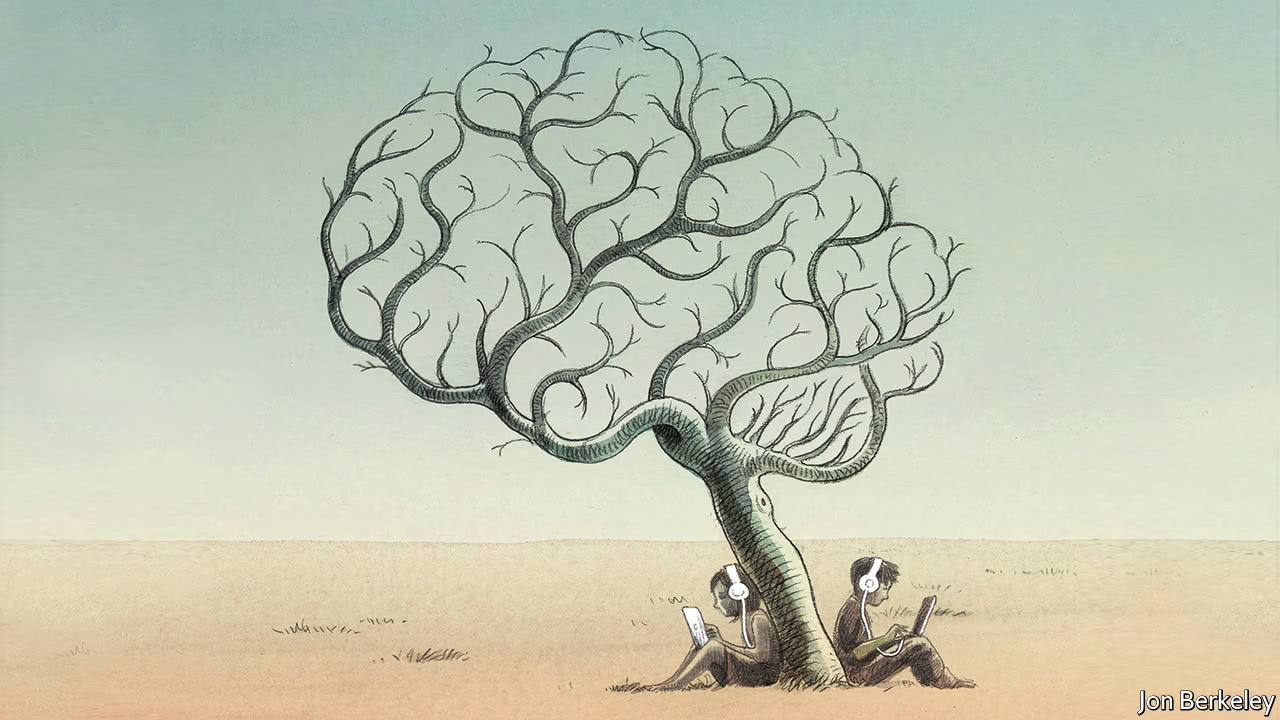Together, technology and teachers can revamp schools
How the science of learning can get the best out of edtech

Since then education technology (edtech) has repeated the cycle of hype and flop, even as computers have reshaped almost every other part of life. One reason is the conservatism of teachers and their unions. But another is that the brain-stretching potential of edtech has remained unproven.
Today, however, Skinner’s heirs are forcing the sceptics to think again (see article). Backed by billionaire techies such as Mark Zuckerberg and Bill Gates, schools around the world are using new software to “personalise” learning. This could help hundreds of millions of children stuck in dismal classes—but only if edtech boosters can resist the temptation to revive harmful ideas about how children learn. To succeed, edtech must be at the service of teaching, not the other way around.
Pencils down
The conventional model of schooling emerged in Prussia in the 18th century. Alternatives have so far failed to teach as many children as efficiently. Classrooms, hierarchical year-groups, standardised curriculums and fixed timetables are still the norm for most of the world’s nearly 1.5bn schoolchildren.
Too many do not reach their potential. In poor countries only a quarter of Together, technology and teachers can revamp schools:
